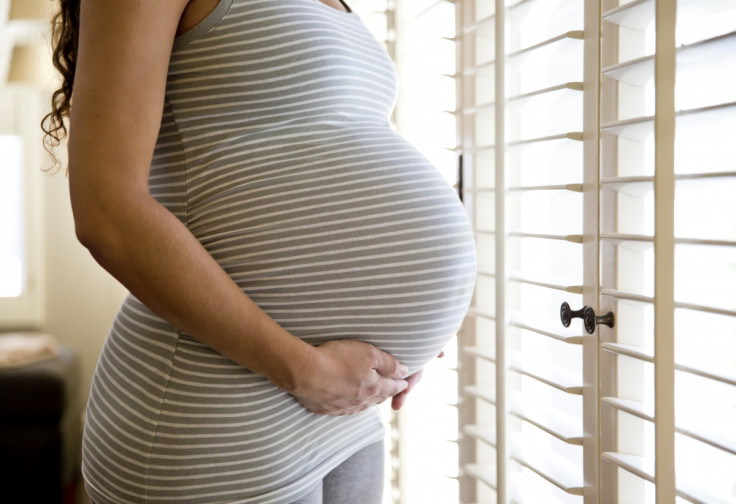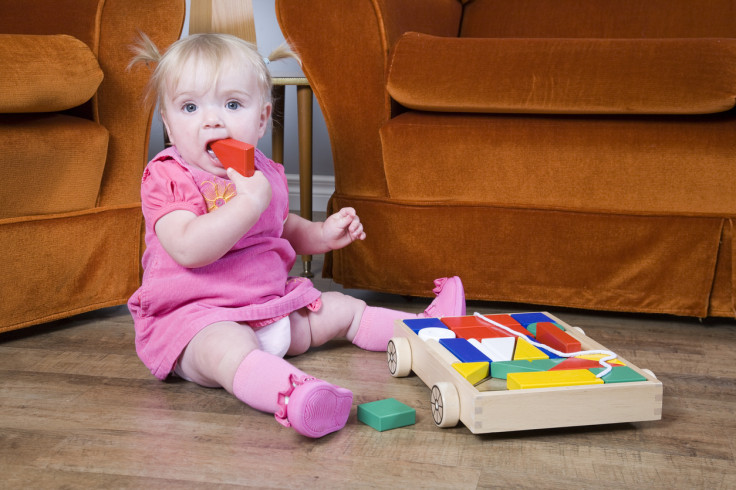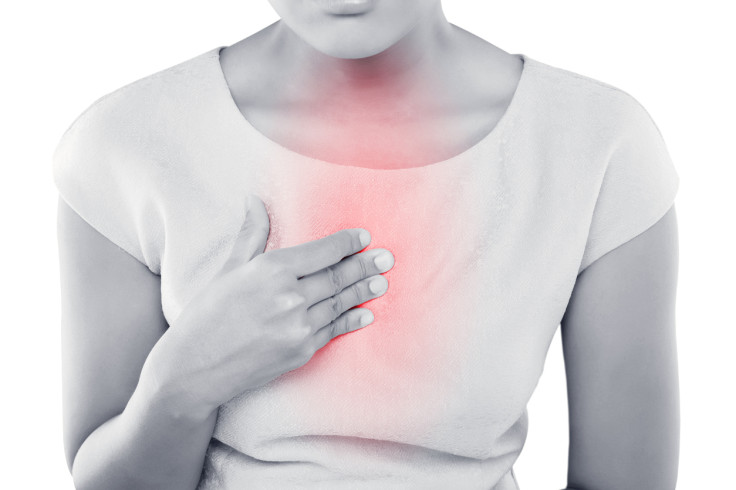What is pica disorder and why do people end up eating ice, wood or their own hair?
People with pica disorder also eat non-food substances including soap and dirt.

Hearing the term "eating disorder" immediately evokes disorders such as anorexia nervosa and bulimia. However, other conditions also fall under that umbrella and can have serious health consequences.
One of them is pica, a rare disorder which leads sufferers to eat non-edible objects. Dramatic case studies have helped to shed a light on the condition in recent years, but it still remains one of the most mysterious eating disorders.
What is pica disorder?
Pica disorder involves eating or mouthing non-food items, with no nutritional value, over a period of at least one month.
Ingested substances vary widely, from relatively harmless substances to more dangerous items. Depending on the age of the person and their availability, they can include things such as ice, wood, dirt, hair, metal, stones, paint, ash, soap...
To diagnose a person with pica, it's important to make sure there is no cultural support for the ingestion of the substance(s) in their community. In some cultures, eating clay is seen as having therapeutic benefits and thus cannot be seen as a sign of pica.
In general, people diagnosed with the disorder are not otherwise adverse to eating food.
Is pica a mental illness?
The DSM-5, the American Psychiatric Association tool used worldwide by clinicians to come up with reliable mental health diagnoses, includes a definition of Pica under its section "feeding and eating disorders".
Pica is also often associated with other mental health conditions ranging from schizophrenia, OCD and intellectual disability, to autism spectrum disorder (ASD). Even if pica occurs in the context of these illnesses, it will often benefit from specific clinical attention, since it may endanger people's health.

Pica has also been found to occur during pregnancy, when specific cravings can occur. It is not necessarily connected to poor mental health. Pregnant women should only be diagnosed with pica when their cravings lead to ingesting non-food items, and the ingestion of those items poses a potential medical risk.
What causes pica disorder?
Pica can develop in the context of other mental health illnesses, as a coping mechanism – it can help them to deal with anxiety. However, uncertainties remain surrounding why Pica emerges.
Medical, dietary, sensory or behavioural factors often combine and provide an explanation.
Some people may not understand what items are edible or not, due to an intellectual disability. In other cases, they may like the texture of an item and seek out sensory input from eating that object. Pica can also be interpreted as a continuing of infant mouthing behaviour.
Even without being diagnosed with another mental health disorder, it can be a way for people to relieve stress, pain or sadness.
In some cases, it could even be a sign of iron deficiency or a pregnancy craving. However, even if deficiencies in vitamins or minerals have been reported in some cases in the scientific literature, most of the studies on the topic have not identified any biological cause underlying the disorder.
Bottom line is, there is no consensus as to the cause of pica and more research will be needed before this changes.
Who is affected?
Pica can affect children, adolescents and adults of both gender, diagnosed with another mental health illness or not.
It is unclear however how many people are affected by the disorder. Because most of the research so far has been conducted on case studies, making precise estimates of prevalence is almost impossible.

However, among developmentally disabled people, Pica is the most common eating disorder and it is also found in 20% of children treated at mental health clinics.
My two-year old eats dirt. Is that a sign of pica?
For someone to be diagnosed with pica, the eating of non-edible substances must be developmentally inappropriate.
In children under two years of age the act of putting small objects in their mouth (known as mouthing) is a normal part of development. Indeed, it allows children to explore their senses.
Even if young children put non-food substances to their mouths, it is unlikely they are suffering from pica. To exclude developmentally normal mouthing, clinicians do not usually diagnose children below the age of two with the disorder.
What are the health consequences of pica?
Depending on the substances ingested, pica can have serious health consequences. Among the most common issues are mechanical bowel problems, such as a physical obstruction of the intestine, caused by ingested items.
A mass of indigestible objects is often found trapped in the gastrointestinal tract (esophagus, stomach or intestines). The objects can also perforate these organs.

People can also be contaminated with bacteria present in the substances they consume. Those who ingest animal faeces or dirt may develop toxoplasmosis.
The most serious consequence is the potential risk of poisoning with toxic substances that make up the objects, such as lead-based paint.
How is Pica treated?
One of the first steps of the treatment is to check for deficiencies in minerals and vitamins and replace missing nutrients if applicable. Other health issues, such as infections contracted because of the disorder should be treated first.
Pica is then treated by mental health specialists who focus on eating disorders, with behavioural, environmental and sometimes family therapy.
© Copyright IBTimes 2024. All rights reserved.





